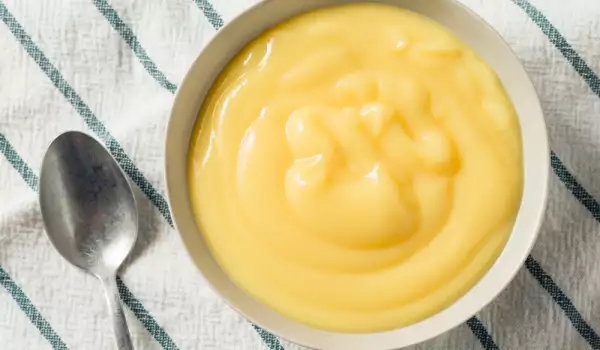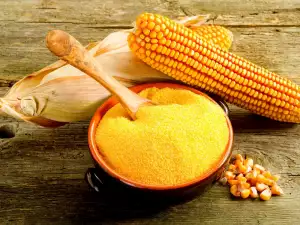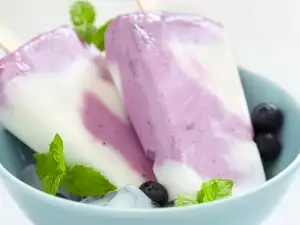When making creams, sauces or thicker creamy mixtures, for example for croquettes based on a thick Béchamel, we are required to let them cool or set until they are consumed or used in a recipe.
However, upon cooling, they invariably form a hard crust on the surface, which acquires a different, darker color than the rest of the mixture.
This may frustrate all our efforts, because once already formed, such a dry shell gives us the option of either carefully removing it, which will result in the loss of some of our prepared cream. However, this does not solve our problem, because despite everything, small or large solid particles will remain in the mixture and it will lose its smoothness and good appearance.
Fortunately, there is a way to prevent the formation of a hard layer on the cream and avoid all the trouble.
There are two main and very successful techniques to prevent the cream from forming a hard layer:
1. The cream is transferred hot into the vessel, in which it will then be left to cool. The surface is smeared with a thin layer of fat - butter, oil or olive oil. In this way, contact with air/oxygen, which causes drying of the top layer, is prevented. The French call this technique a tamponner and usually use butter for the purpose;
2. The second method, which prevents the cream from forming a hard layer, consists in covering it with a layer of cling film. It should adhere tightly to the top layer of the cream like skin. This again avoids contact with oxygen and there is no danger of the surface drying out.
Applying these methods, after cooling the cream will be in perfect condition and you can safely continue with the recipe and use it for the necessary purposes - filling for pastries and cakes, and in a savory version - to shape croquettes.



















Comments